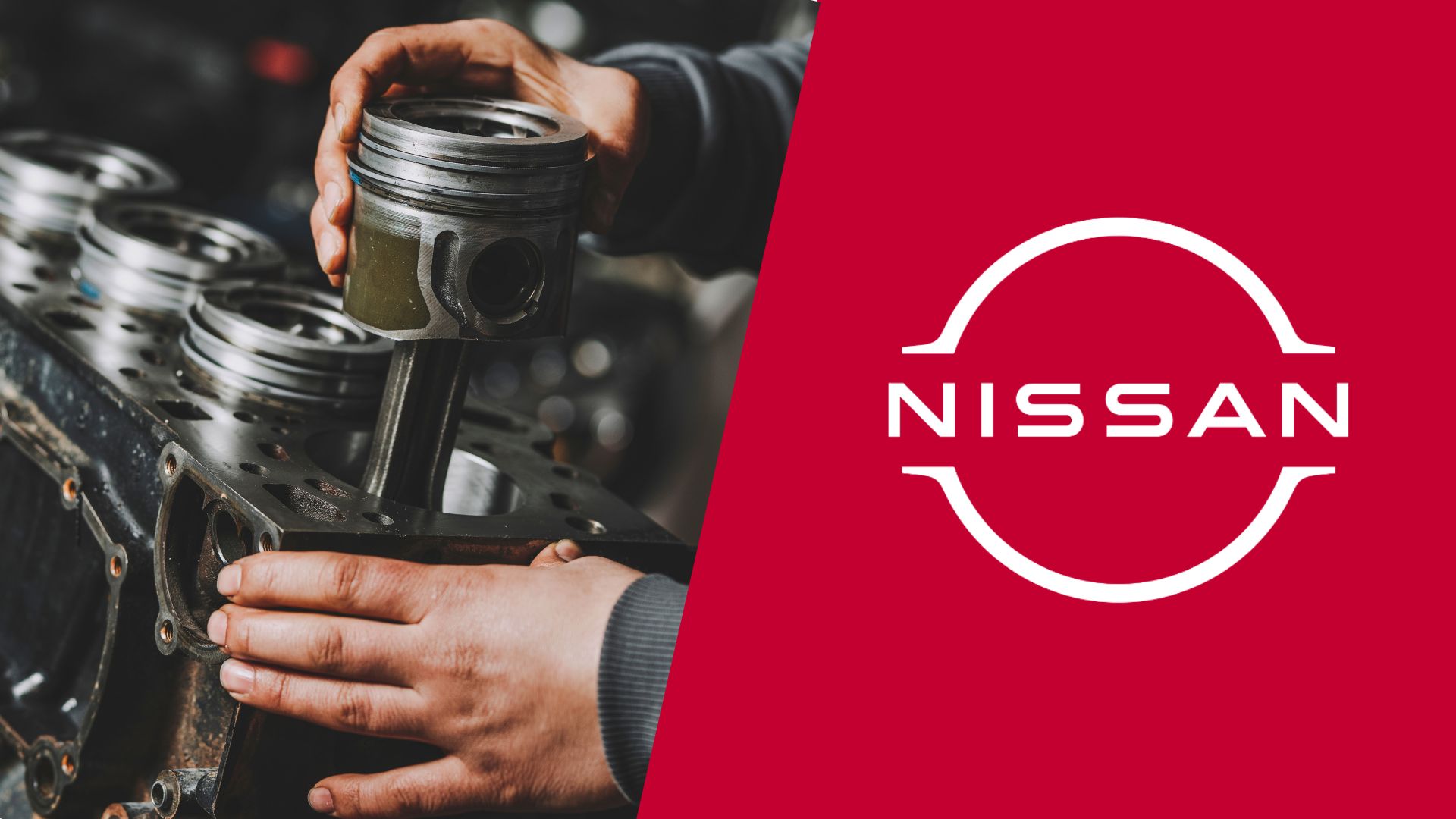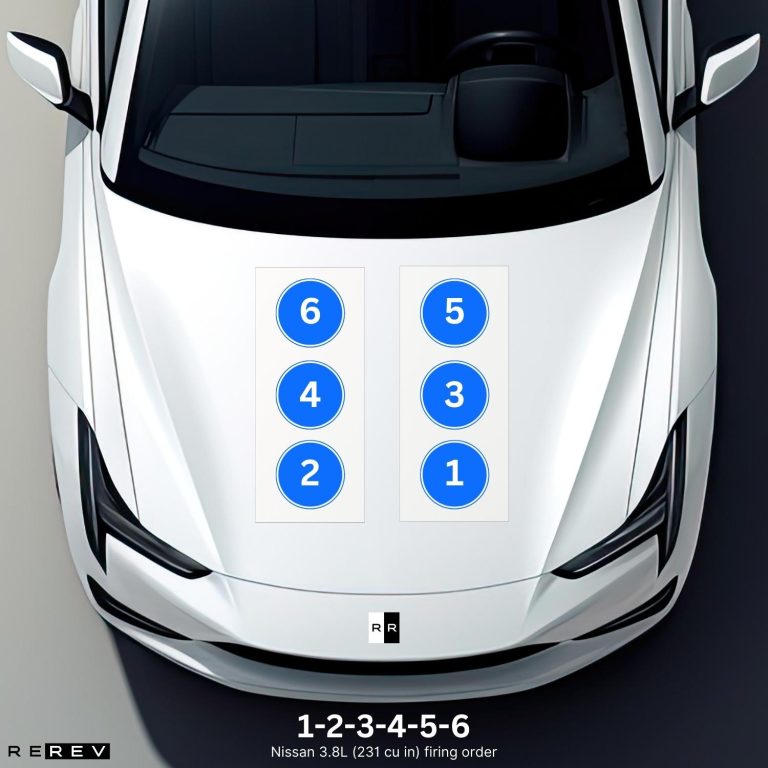Nissan 3.8L (231 cu in) firing order — diagram & guide
Discovering the rhythm of the Nissan 3.8L firing order for engine longevity.

After the success of the VQ series of Nissan’s engines, the brand made a brand-new 3.8-liter twin-turbo V6 for the latest generation of the GT-R. Also known by the nickname Godzilla, the GT-R quickly became an engine that posed as competition for some supercars and even hypercars, mostly due to this engine being under the hood.
However, the release of the 2020 model of the Frontier truck with a similar 3.8-liter naturally aspirated engine confused some drivers. So, this guide will shed some light on the Nissan 3.8L (231 cu in) firing order and the differences between these two engines so you can properly maintain the one in your car.
Nissan 3.8L VR firing order
As probably the first 3.8-liter engine by Nissan that comes to mind, the VR version of the engine was used in the Nissan GT-R. It featured two turbochargers and a remarkable power output that put it on par with even the modern-day V12 engines.
However, that’s performance-wise and you are probably here to learn that the Nissan 3.8L VR firing order is 1-2-3-4-5-6. This figure has remained unchanged ever since the engine was introduced in 2007, even though there were several upgrades done to it.
Precisely, the firing order of this engine refers to the VR38DETT engine in particular, so it’s not to be mixed up with other V6 engines of that time.
Nissan 3.8L VQ firing order
The VQ38DD engine was introduced in 2020 for exclusive use in the Nissan Frontier, and this configuration was especially popular in the US. The Nissan 3.8L VQ firing order is 1-2-3-4-5-6, which is the same as for the GT-R engine, but that’s not because of the connection between these two.
In the VR engine, the firing sequence is the aftermath of the engine being so perfectly engineered that this sequence has to do with its sheer performance. On the other hand, the new Frontier 3.8-liter engine uses a specific ignition system without a distributor which leads to this firing order like the previous Nissan’s V6 engines.
Nissan 3.8L cylinder diagram

While the two 3.8-liter engines we mentioned don’t share that much in common besides the matching firing pattern, the cylinder layout is the same. It’s a classic V6 configuration that Nissan used over the years, and it includes the “even” and “odd” cylinder banks with three cylinders each.
So, looking at it from the driver’s side, the cylinder numbers are 1, 3, and 5 front to rear. On the opposite side, you’ll find cylinders 2, 4, and 6 front to rear, so it’s easy to identify the first cylinder and use it to further apply the firing order by tracking the rest of them in their firing sequence.
Nissan 3.8L vehicle applications
We already mentioned a few vehicles that use the 3.8-liter engine by Nissan. However, these are not exclusively the models using these two engines, so here’s a complete list:
- Nissan GT-R
- Nissan Frontier
- Nissan Juke R (Limited Edition)
- Renault Sport R.S. 01
It’s important to note here that the Juke R version was only produced with 5 models being released as a prototype. In general, the twin-turbo version of the engine was mostly applied in GT-R model years from 2007 to 2023, while the naturally aspirated one has been used in the Frontier from 2020 and is still ongoing.
Our take
Ultimately, we have to say that the 3.8-liter engine is an impressive powertrain and for many GT-R enthusiasts – a work of art. The sub-three-second 0 to 60 rate deserves proper care and maintenance, and we hope this guide will allow you to provide just that to your engine.